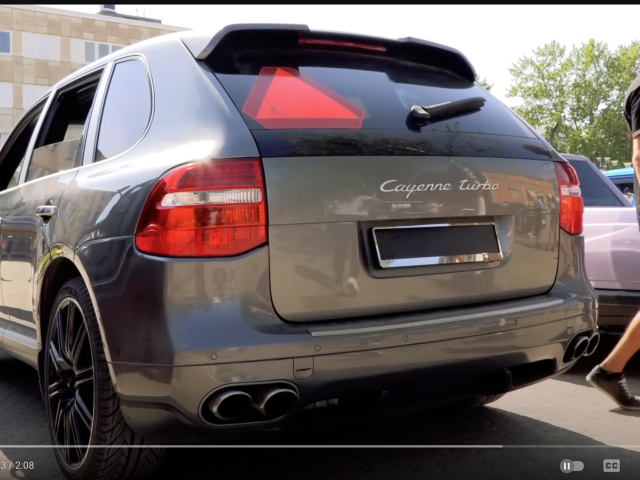New e-mobility vehicles need independent checks says Dutch Safety Board
A review by the Dutch Safety Board of the procedures that led to approval of the Stint electric child cart for use on Dutch roads, says that “safety was made subordinate to the desire for innovation in road transport.”
Four children died when the electrically-assisted cart that they were travelling in collided with a train at a railway crossing in September last year. The exact causes of the collision have not been published so far, but independent investigations carried out both before and after the September 2018 collision have found significant problems with the safety of the Stint’s design – notably its braking distance.
The Dutch Safety Board, an ETSC founder member, which published its findings earlier this month, found that, “under the assumption that stringent regulations with regard to road safety and vehicle safety would prevent innovation, the Minister imposed only minimal requirements” on vehicles in the so-called “special mopeds” category.
In the case of the Stint, the Safety Board found that both RDW – the national type approval authority, and SWOV, the road safety research institute, had made negative recommendations regarding the vehicle, but the government went ahead and approved it for use on public roads anyway. Both organisations had also argued for stronger safety checks on such vehicles, but were ignored.
In conclusion, the Safety Board said that an independent authority should be responsible for approving such vehicles in the future, and a full road safety assessment should be carried out.
In a response to the report, the Dutch Minister for Infrastructure Cornelia Van Nieuwenhuizen said that much stricter requirements are now needed, that independent checks should become the norm, and that the government would not go against the Safety Board’s recommendations.
Before last year’s tragedy, there were around 3500 Stint vehicles in use in The Netherlands, mainly by childcare facilities who used them for transporting children to school. Others were used as cargo bikes by companies including the Dutch Post Office. The vehicles are currently banned from use on public roads.
The Dutch Safety board carries out independent investigations into transport safety incidents, as well as in other sectors, with the aim of learning from past mistakes and to avoid future deaths and injury. It has the power to choose to investigate any incident it chooses, but does not assign liability or blame.
Dutch Safety Board – summary report (in English) on lessons learned from the Stint accident: https://www.onderzoeksraad.nl/en/page/12408/safe-admittance-onto-the-public-roads—lessons-learned-from-the







